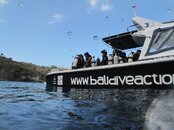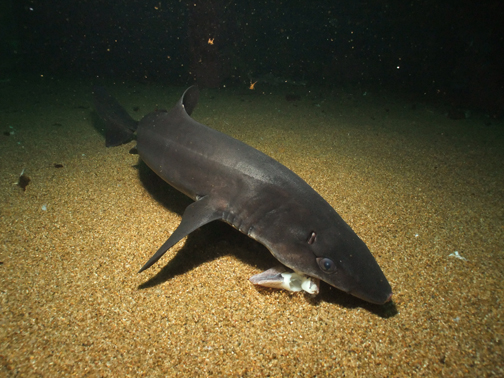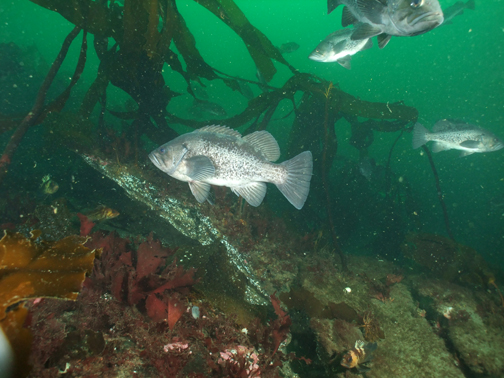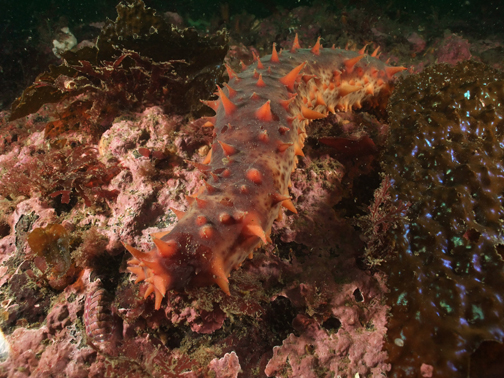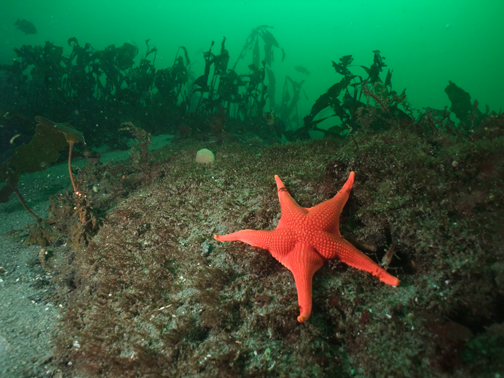SB'ers;
I want to say that although I am a dealer for Fanatsea, I'm first of all a diver and photographer. I care a lot that my customers have a good experience with the products I sell. Fantasea doesn't always follow the threads here and when I saw the posts as regarding fogging and other defects, I brought it to their attention.
They are concerned with the quality of their products and do stand behind them, to the extent of pulling bad ones off the market, or testing and retesting until they are sure there are no problems. Case in fact is that the Remora strobe was held off the market for nearly 7 months due to some very minor issues. That gets expensive. But it is a better strobe now.
I contacted Howard Rosenstein, the president of Fantasea about their manufacturing process. According to his engineers the lenses ARE manufactured in a completely humidity controlled environment, aka clean room conditions. He will have more information posted soon. They are taking steps to improve the mounting skirt on the G10 model and looking at the shock cord attachments to see how they could improve them. I think some small Fastec quick release buckles would help.
After ascertaining that they were unable to do true cold water dive tests in Eliat (!), Howard readily agreed to my taking a lens out of stock (nothing special about the unit), and doing some dives with it. I used a Fuji mount, but this is exactly the same lens and came from the same lot as Puffer's and other early adopters according to him. I told him I would give him my results first, but that they would be published on ScubaBoard and my blog unedited.
I tried to the best of our local conditions here in Seattle to recreate the issues surrounding this lens. I am not a trained engineer/product tester, my approach was to basically punish the lens and use it under local conditions like any other diver would.
Temperature & Fogging
Not having 80F days here, I gave it some temperature bath tests and couldn’t recreate any fogging.
I repeatedly plunged the lens into my hot tub at 104F for 10 mins and then a cold ice bath of 50 degrees. I didn’t see any immediate problem or when I left it in the cold bath. Tried 3x times. No fogging on the inside of the lens at all. Yes, definite fogging on the outside, which immediately is removed upon immersion. No other problems.
Dive Testing
I did a total of 3 dives with the lens and Fuji F200. Again not empirical, but enough to see if there are defects in the design.
First dive was at the Seattle Aquarium where I'm a volunteer science diver. They have an open-system 400,000 gal tank we get to feed the fish in. It has filtered water, but otherwise is directly linked to Puget Sound.
I set up the Fuji F200, FXF-200 housing with the Big Eye lens and one Remora strobe.
Air temps were mid-60s+ warmer in the sun, and water about 52F. I warmed the lens again over a hot air duct as much as I could and then left it in the sun on a cement pool surround for 30 mins. I brought it into the tank, cleared it and observed it on the surface, then again at the bottom at 25'. Took shots for 20 mins and again observed the lens. No fogging, or other problems in rather bright conditions were found.
I would say that the Remora's beam coverage horizontally was quite good, but vertically I observed a rather sharp fall-off with this lens, even after swiveling it upwards considerably.
Second and Third Dives, were off my friend's boat out on Puget Sound. Air temps were about the same and water was bout 52F on the surface and 48F at depths not exceeding 65'.
I took about 120 shots with the Fuji and two Inon z240 strobes, which I used for their much broader power and coverage to see if I could induce the light flare artifacts noted by users.
I again observed the lens at the surface, and throughout the dive for fogging and found none.
I was finally able to recreate the issue of lens flare and by adjusting the strobes and swiveling the camera very slightly format he sun, I was able to eliminate it. Lens flare with any dome is always a problem and for best results you should use longer arms and move your lights behind the camera and swivel them outwards to use edge lighting. This also reduces backscatter.
Here's a series:
Pronounced flare
A "fog" looking flare
Almost no flare
No flare
Conclusions
By in large, I found the lens to be a ball to shoot with. As you set the camera in macro mode for focus, you can get extremely close and have amazing depth of field with the lens.
It also is ideal for close-focus, wide angle shots. There is a lack of corner sharpness, but this is to be expected with a point and shoot set up. I have shot the Inon dome and yes, I would say it is sharper, but it is also about 1.5x the cost. By my eye I think many users would enjoy the sharpness and coverage offered by the lens. It adds a big tool to the average P&S'ers toolbox.
If you definitely are seeing moisture
inside the lens, you have a service issue and Fantasea will repair or replace the lens under their one-year warranty.
See:
Fantasea Customer Service
More photos can be found here:
Fuji F200 P&S - a set on Flickr
(they are the last 12 shots in this set - Note, all photos are directly from the camera with no retouching, etc.)
I hope this clears up some issues with this product, they are very popular and remain in short supply.
Jack




